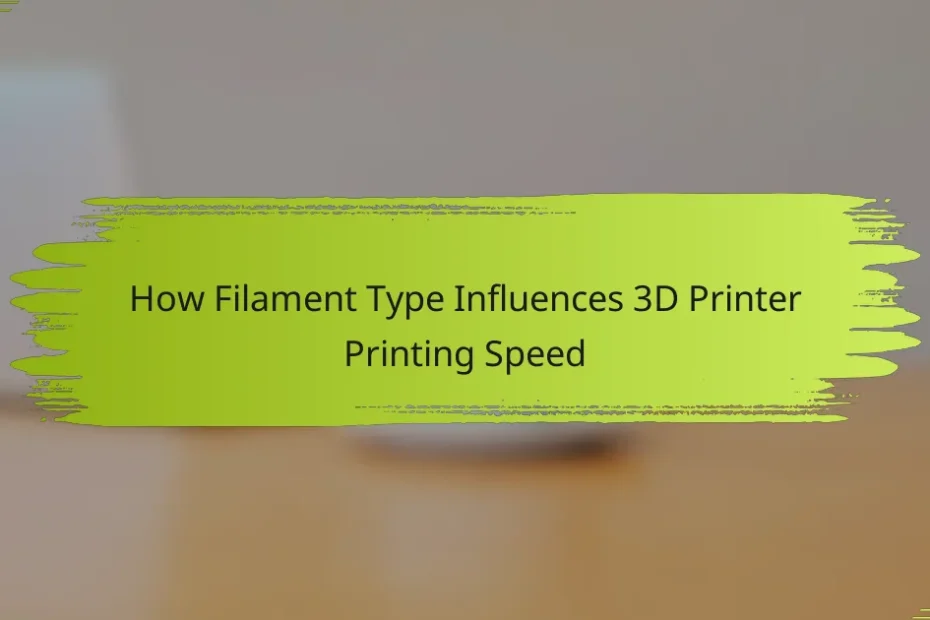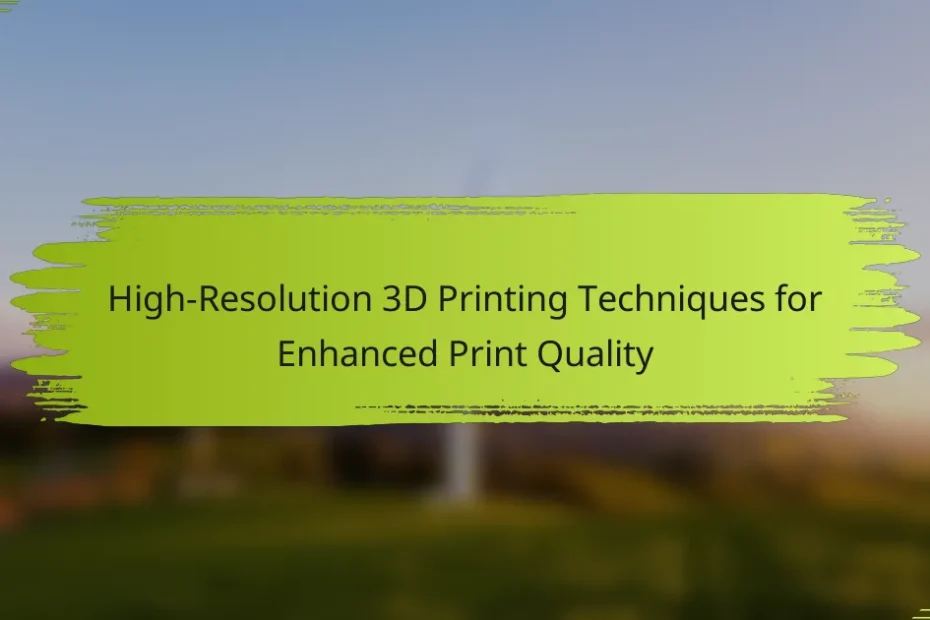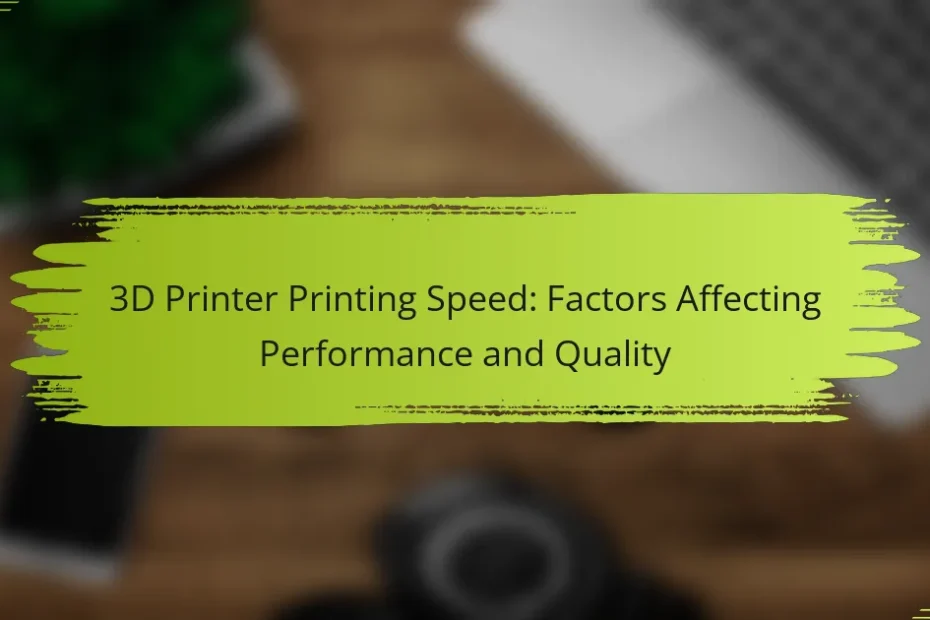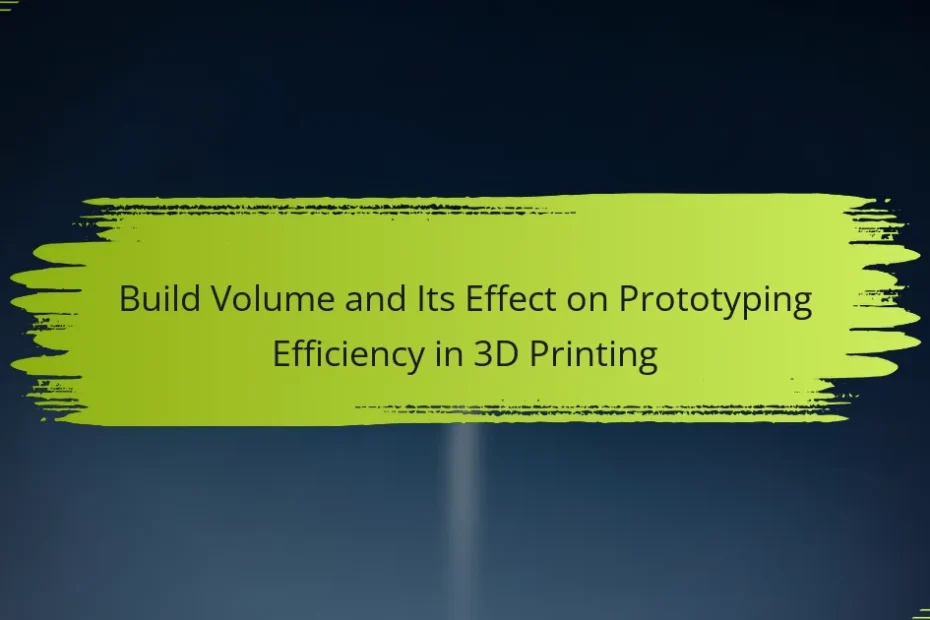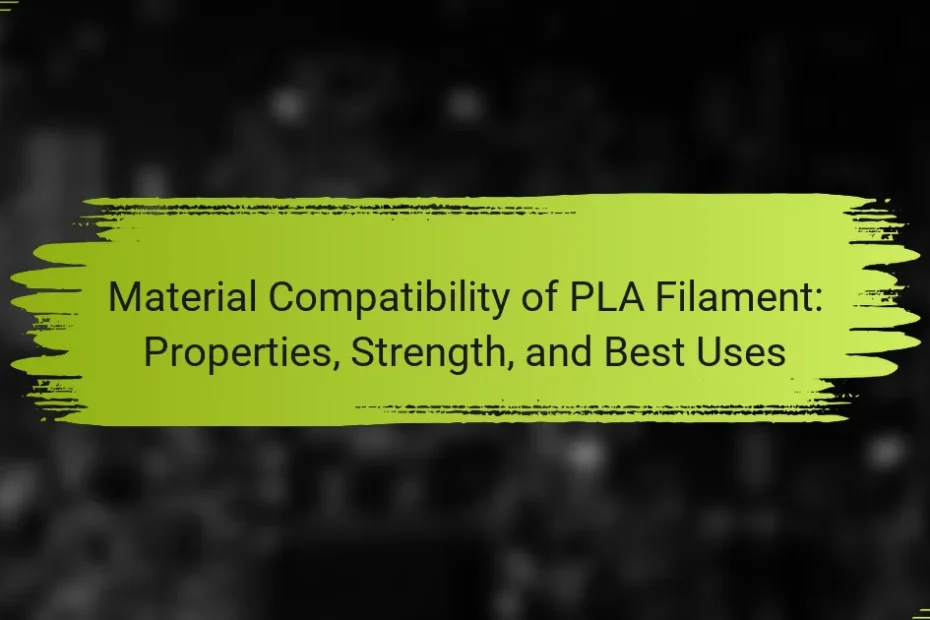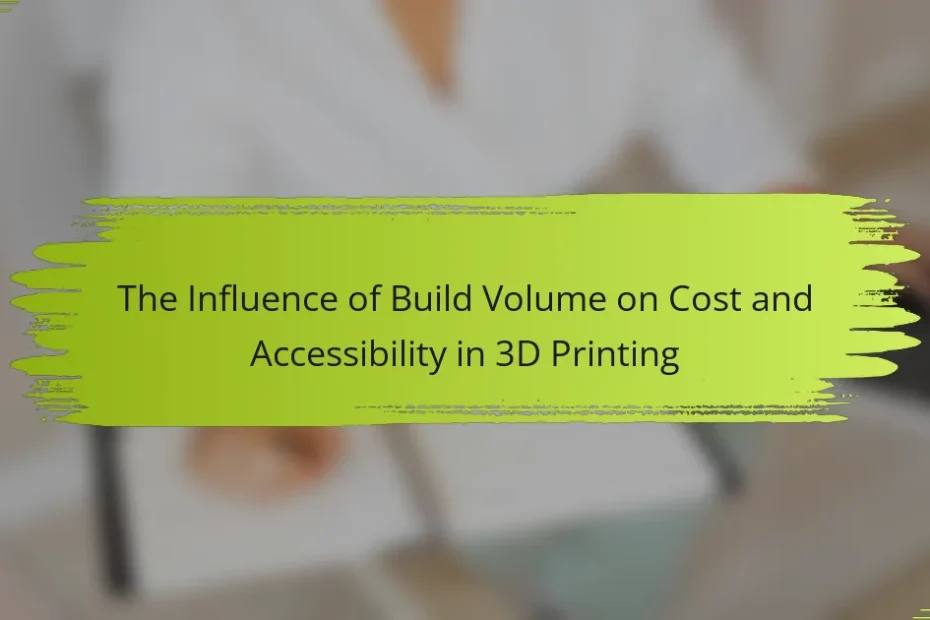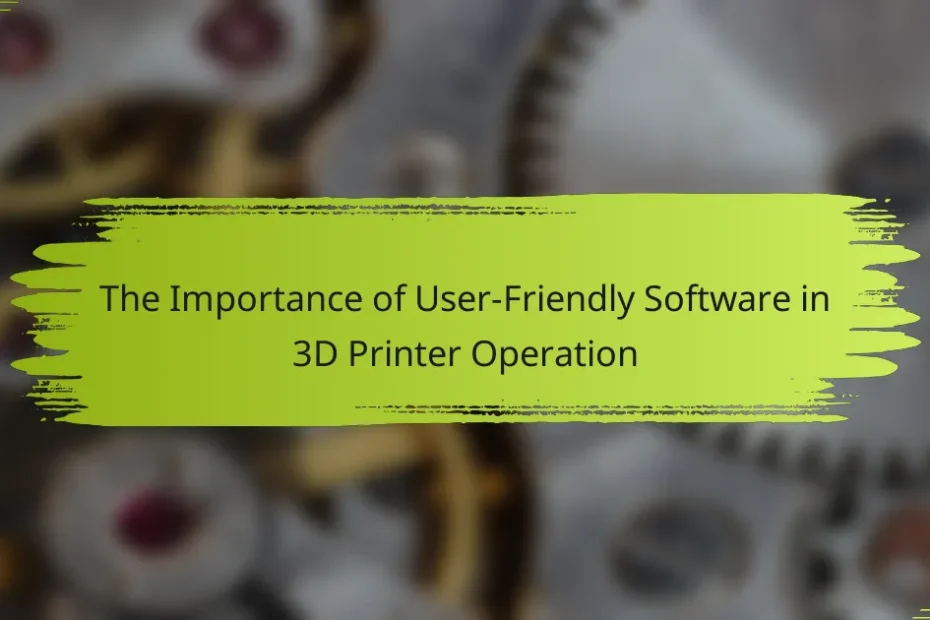How Filament Type Influences 3D Printer Printing Speed
How does filament type influence 3D printer printing speed? Filament type significantly influences 3D printer printing speed. Different materials have varying thermal properties and flow characteristics. For example, PLA filament typically prints faster than ABS… How Filament Type Influences 3D Printer Printing Speed
